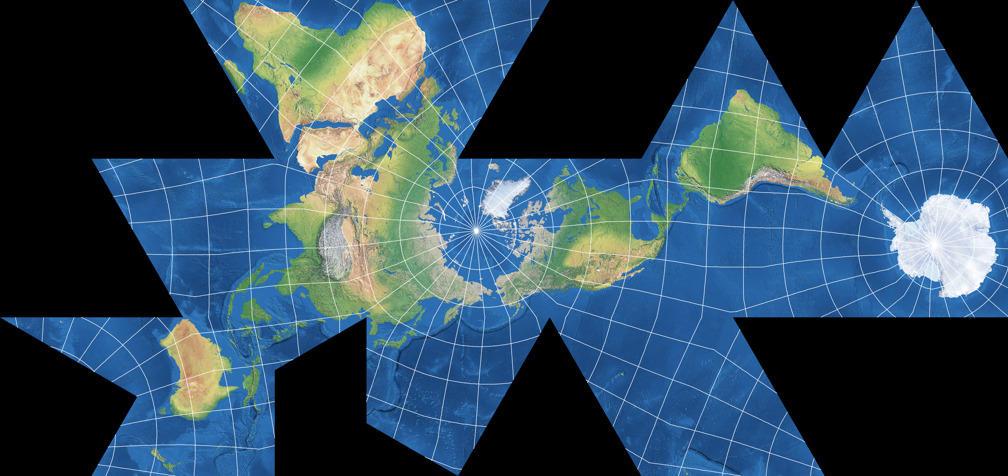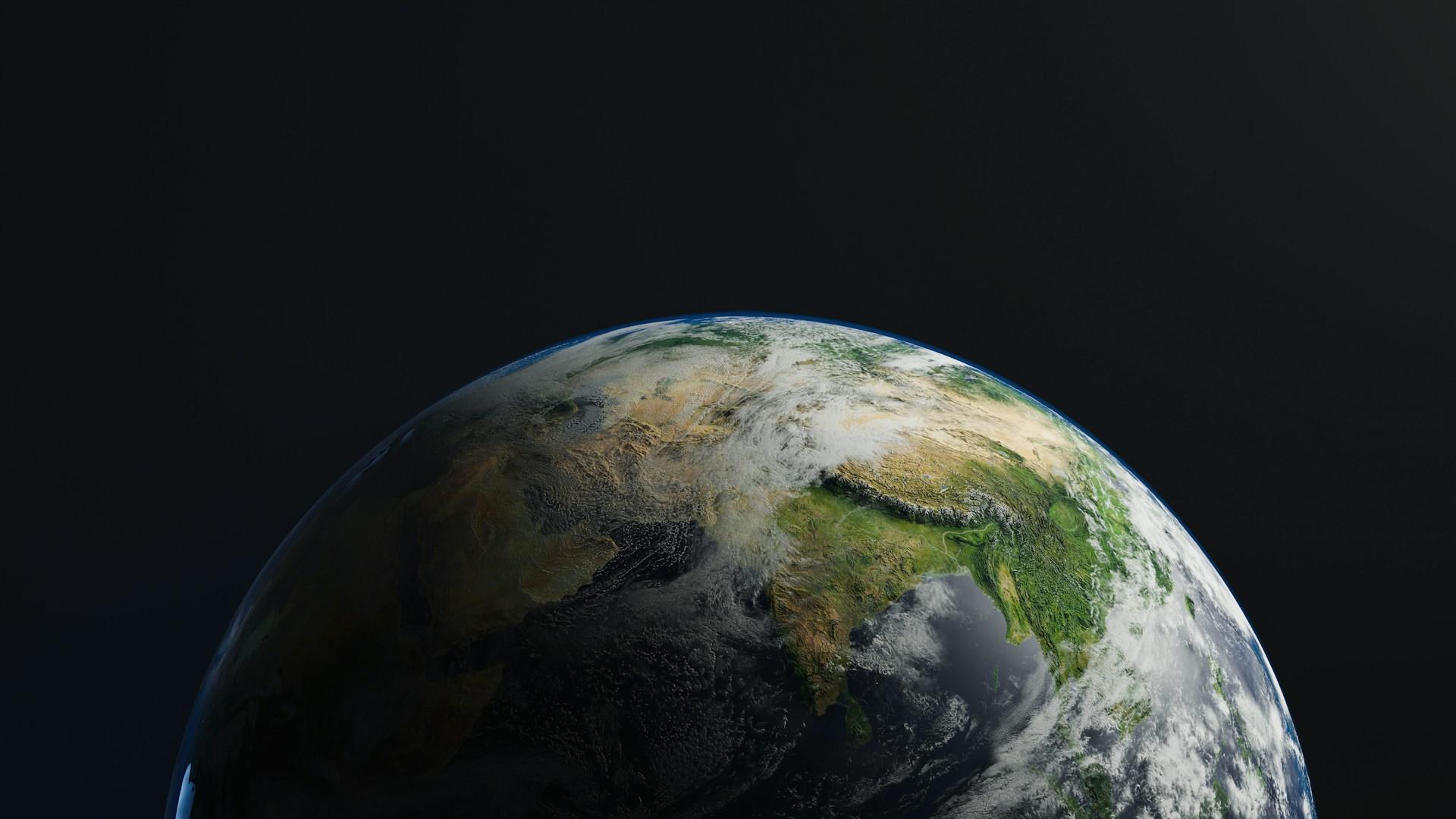As of July 2024, there are 195 countries in the world which are recognized by the United Nations. However, if you include dependencies and other types of territories, there are 252 total countries and country-like territories in the world (and Antarctica is the 253rd, as a neutral ground).
With this many places in the world, one of the most obvious and fun questions to ask is: what is the world’s biggest country? And, what are some interesting statistics about the top largest countries, like GDP and population?
Let’s explore the top 10 largest countries by size, from largest to smallest!
| Country | Area (sq. kms) | Population 2023 | GDP 2024 (in Million USD$) |
|---|---|---|---|
| Russia | 17,098,242 | 141,505,279 | $2,056,844 |
| Canada | 9,984,670 | 38,516,736 | $2,242,182 |
| USA | 9,833,517 | 339,665,118 | $28,781,083 |
| China | 9,596,960 | 1,413,142,846 | $18,532,633 |
| Brazil | 8,515,770 | 218,689,757 | $2,331,391 |
| Australia | 7,741,220 | 26,461,166 | $1,790,348 |
| India | 3,287,263 | 1,399,179,585 | $3,937,011 |
| Argentina | 2,780,400 | 46,621,847 | $604,260 |
| Kazakhstan | 2,724,900 | 20,082,154 | $296,740 |
| Algeria | 2,381,741 | 46,286,076 | $266,780 |

A Quick Note on Maps 🗺️
The map we usually see in school actually skews the sizes of landmasses and countries quite a bit, since turning a sphere into a 2D image is not easy. As a result, we often have an inaccurate idea of the relative sizes of countries in our minds. For example, on many maps, Greenland appears to be massive and about the size of all of Africa, when in reality, it’s a little smaller than Algeria by itself. Such misleading maps include the Mercator projection and the Robinson projection.
There have been many attempts at making more accurate maps, such as the AuthaGraph, Goode’s Homolosine, the Sinu-Mollweide projection, and the Dymaxion (aka Fuller) projection.
Looking at these more accurate maps can help you visualize the true relationships between continents and countries a little better.

Russia 🇷🇺
Russia 🇷🇺
Russia is so large that even if it were split into its European and Asian portions, it would still be the largest country in those respective continents! It also spans 11 time zones and accounts for a whopping 11% of all of Earth’s land, which is about twice the size of the next-largest country in the list: Canada.
Along its borders, you can find 3 oceans - the Pacific, Atlantic, and Arctic - and 14 other countries. Within the borders, there are countless lakes and rivers (including Lake Baikal, the oldest, deepest lake in the world) mountain ranges, and biomes like steppes, taiga, deciduous forests, and boreal forests. The Russian wilderness boasts many amazing animals, such as arctic foxes, snow leopards, polar bears, Siberian tigers, bighorn sheep, and Eurasian brown bears.
Most of Russia’s population is concentrated in the European side, specifically Moscow and St. Petersburg.
The 2023 GDP of Russia was USD 2,056,844 million (approx. ₹1,717.59 kharab in INR and approx. ₽181,026,162 million in Russian Rubles).
Canada 🇨🇦
Canada 🇨🇦
As the second-largest country in the world, Canada only takes up about half the amount of space as Russia! The Canadian coastline is the longest in the world and borders the same oceans as Russia. The only bordering country is the United States to the South, though the next closest landmass is Greenland. Canada spans six time zones and has more than 50,000 islands.
The majority of Canada is untouched wilderness, since, like Russia, it is simply too inhospitable to live. However, the indigenous Inuit peoples of Northern Canada have been living in the icy Arctic for centuries. Most Canadians live in and around the cities in Southern Canada, like Toronto, Montreal, Vancouver, Calgary, Edmonton, and Ottawa.
Canadian landscapes feature impressive mountains (including the Rockies), boreal forests, tundras, plains, and even swamps. These diverse ecosystems are home to many animals, like the iconic beavers and moose, polar bears, bison, orcas, caribou, and grizzly bears.
The 2023 GDP of Canada was USD 2,242,182 million (approx. ₹1,872.36 kharab in INR and approx. 2,805,701 million Canadian Dollars).
United States of America 🇺🇸
United States 🇺🇸
Canada’s Southern neighbor, the US, is the third largest country when you include all the incontiguous states and territories. Alaska is the largest of the states, making up about ⅕ of the US’s total area. The continental US states are bordered only by Canada and Mexico, but because the US has territories all over the world, the total number of bordering countries is over a dozen.
The contiguous states also border the Pacific and Atlantic oceans and cover four time zones. If you include all the territories, there are nine time zones with US territories inside.
The 48 states between Canada and Mexico are known as the "Contiguous States," meaning they all touch borders. The "Continental States" are all the Contiguous States plus Alaska, which is part of a continent. The "United States" are all the Continental States plus Hawai'i, which is a group of islands.
Even within the continental 48 states, there are pockets of just about every biome you can think of, from dense forests, to great plains, to sandy deserts, to seashores, to icy mountaintops, to humid swamps, and everything in between. Most people in the US live in the South and on the East and West coasts, but the only sparsely populated areas tend to be the Midwest.
The 2023 GDP of the USA was USD 28,781,083 million (approx. ₹24,034 kharab in INR).
China 🇨🇳
China 🇨🇳
China’s land reaches far across the Asian continent, bringing the total number of bordering countries to 14 and only bordering ocean is the Pacific. While China technically has 5 geographical time zones, the entire country runs on one standard time called Beijing Time.
The environments found in China include grasslands, forests, deserts, hilly regions, and humid coastlines. It also boasts the Yangtze, the world's third-largest river, and half of Mount Everest (depending on how you categorize Tibet).
94% of China’s population lives in the Eastern side, called China proper. The most populated cities are Chongqing, Shanghai, Beijing, and Chengdu.
The 2023 GDP of China was USD 18,532,633 million (approx. ₹15,475.9 kharab in INR and approx. 13,4694,900 million Chinese Yuan.
Brazil 🇧🇷
Brazil 🇧🇷
Brazil shares borders with almost every country in South America (10 out of 12). The environment is mostly lush rainforests, featuring the Amazon Rainforest and Amazon River, but there are also pine forests, wetlands, plateaus, and grasslands called pampas. Brazil’s only bordering ocean is the Atlantic.
Brazil also spans four time zones, and most of the population lives near the coast.
The 2023 GDP of Brazil was USD 2,331,391 million (approx. ₹1,946.85 kharab in INR and approx R$12,726,489 million Brazilian Reais).

Australia 🇦🇺
Australia 🇦🇺
The only country that is also a continent, Australia spans three time zones and borders the Indian, Pacific, and Southern Oceans, and no other countries since it’s an island.
Most of Australia consists of extremely difficult climates, known as Rangelands or the Outback, where only 5% of the population lives. Typically, the only people equipped to survive in the harsh Australian Outback are the indigenous Aboriginal people (aka First Nations People). Most of the population today lives close to the coasts.
Australia's Indigenous people go by a few names, usually either Aboriginal people or Torres Strait Islanders. However, there were about 600 Aboriginal communities before colonization, so there are many different names for specific peoples!
The 2023 GDP of Australia was $1,790,348 million USD (approx. ₹1,495.05 kharab in INR and approx. $2,652,387 million Australian Dollars).
India 🇮🇳
India 🇮🇳
India is almost like Australia in that it is a subcontinent alone, almost making up its own distinct area. India is contained within only one time zone, which is the only time zone that is a half-hour different from the rest of the world. India borders only the Indian Ocean and seven countries.
There are many different biomes in India, from lush forests to dry deserts and tropical coastlines. Within the country are also many natural wonders, like the Ganges River.
The 2023 GDP of India was USD 3,937,011 million (approx. ₹3287.65 kharab in INR).
Argentina 🇦🇷
Argentina 🇦🇷
Neighboring Brazil, Argentina is known for its culture, natural beauty, and architectural marvels. Its regions include pampas, wine country, and the Andes Mountains. Argentina is bordered by five countries and the Atlantic Ocean. About half of the total population lives in and around Buenos Aires.
The 2023 GDP of Argentina was $604,260 million (approx. ₹504.59 kharab in INR and approx. $552,900,085 Argentine Pesos).
Kazakhstan 🇰🇿
Kazakhstan 🇰🇿
Located in Central Asia, Kazakhstan is a large country that is expected to grow on the global stage in the coming years, due to its abundance of natural resources and growing economy. It only gained independence in 1991, so it’s quite a young country. Much of the population either is currently or is descended from small nomadic groups, and about half the population currently lives in the largest city, Almaty.
Kazakhstan borders 5 countries and no oceans, but does have shores along the Caspian Sea.
The 2023 GDP of Kazakhstan was USD 296,740 million (approx. ₹248 kharab in INR and approx. 142,175,801 million Kazakhstani Tenge).
Algeria 🇩🇿
Algeria 🇩🇿
The largest country in Africa, Algeria borders six countries and the Mediterranean Sea, and only has one time zone. It is home to many diverse landscapes, such as the Sahara Desert and the Atlas Mountains, in addition to the heavenly Mediterranean coast.
The region Algeria inhabits has a rich cultural background with lots of different influences over the centuries, culminating in a unique and interesting modern culture. Most people in Algeria live in the Northern coastal areas since much of the rest of the country is desert.
The 2023 GDP of Algeria was $266,780 million (approx. ₹222.78 kharab in INR and approx. دج36,056,437 Algerian Dinar).
Antarctica: A Special Case 🇦🇶
Antarctica is not a country, so it can’t make the list of the largest countries in the world. However, it’s an extremely large landmass, and if it were to be included on the list, it would be second after Russia with an area of 14.2 million square kilometers, which is about 9.5% of all land on Earth!
The globe is an enormous place that is hard to comprehend. Hopefully, this article has helped you gain a little more perspective about how massive it is and how the largest countries truly shape the world as we know it!
References
- Statista. (n.d.). Largest countries in the world. Statista. Retrieved August 12, 2024
- Census.gov https://www.census.gov/data-tools/demo/
- Wikipedia - List of countries by GDP
- Peakbagger.com https://peakbagger.com/pbgeog/countries.aspx
- WeForum.org https://www.weforum.org/agenda/2021/01/earth-surface-ocean-visualization-science-countries-russia-canada-china/















